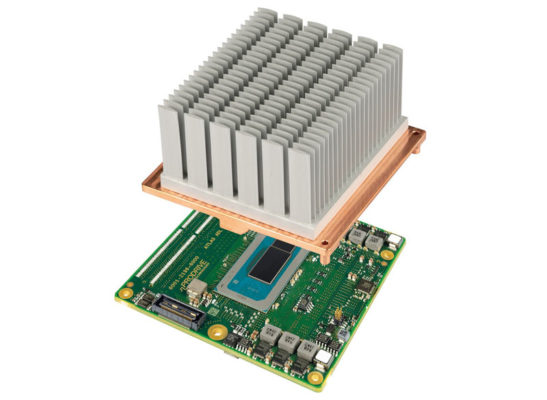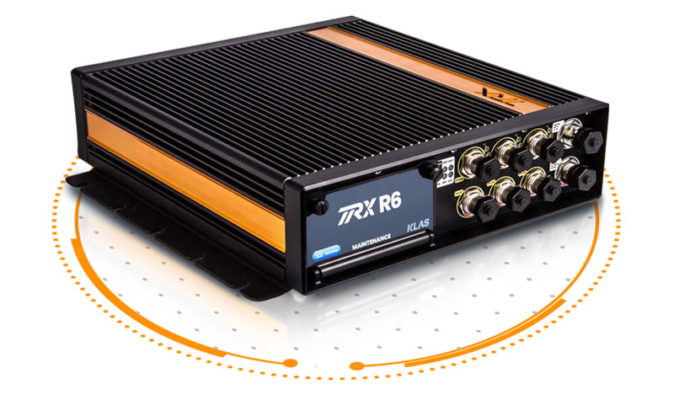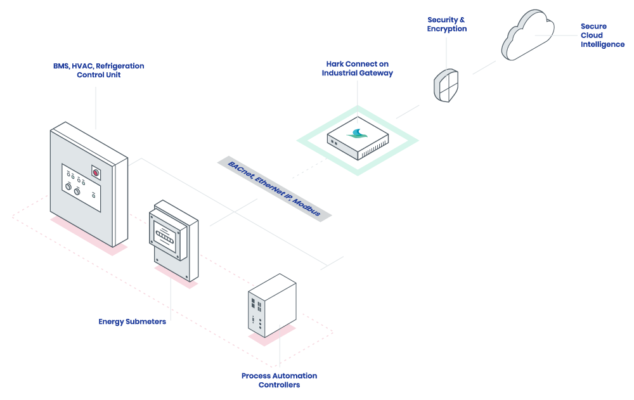We often view healthcare through the lens of how it improves the patient-provider relationship—whether it’s timely access to a patient’s medical history or telehealth checkups. What we don’t see is the care provider collaboration, mentorship, and training that go on behind the scenes.
In the wake of the pandemic, healthcare systems have dealt with ongoing staffing capacity and personnel shortages. Burnout has contributed to higher turnover. “This can lead to hospitals and clinics not having the right number of staff or the expertise for a variety of exam types,” says Eddie Henry, Global Marketing Director for Ultrasound Digital Solutions at GE Healthcare, a leading provider of healthcare technologies.
A healthcare system may have multiple locations across a city or state, which expands access but also poses challenges. This means collaboration and knowledge-sharing have become vital, especially among more experienced providers and those early in their careers. Newer clinicians may encounter difficult patient cases or exam types, and in these moments, they could greatly benefit from talking to and learning from experienced colleagues. But these experts aren’t necessarily co-located with the clinician on the front line. New technologies can solve these collaboration challenges by providing a seamless, secure way for technicians and other clinicians to connect—anywhere, anytime.
Connecting Clinicians and Delivering a Virtual Ultrasound Experience
The GE Healthcare Digital Expert Connect solution brings sonographers, physicians, and remote care providers together to learn from one another and better serve patients. The virtual, interactive, peer-to-peer collaboration platform drives precision health by empowering clinicians to connect with colleagues in real time to get their questions answered, improve clinical decision-making, and deliver more coordinated, personalized patient care.
Digital Expert Connect allows users of GE ultrasound equipment to connect virtually with peers within their network. The HIPAA-compliant collaboration tool allows clinicians to work together on a patient’s case—all from a tablet powered by Intel®.
They can share their screen so a colleague can see exactly what they see in an ultrasound. The platform’s live annotation features also allow remote clinicians to provide real-time feedback on a patient’s case. Through the interactive interface, providers can easily communicate with colleagues, ask for advice, and get an expert’s opinion about a particular exam or scan.
Henry says using Digital Expert Connect for Ultrasound can benefit clinicians in several ways. Sonographers working for a healthcare system spread across a wide geographic area can use the tool to get after-hours support from a lead sonographer or even a physician, walking them through a particular exam and answer their questions (Video 1).
https://www.youtube.com/watch?v=bnKlr1sYz90
Video 1. Virtual, real-time collaboration and training for ultrasound clinicians help improve clinical workflow. (Source: GE Healthcare)
“I’ve heard directly from sonographers saying, ‘Sometimes I feel like I’m in that room with a patient, but I feel alone,’ so having that ability to connect with someone really quickly and really discreetly just helps their confidence level.”
The tool also allows sonographers to connect with OB/GYNs, radiologists, cardiologists, and other providers who have requested patient scans. They can work together with the exam images that they need, which ultimately saves physicians time when they read or interpret these images post-exam.
Jay Hanrahan, Global Product Manager for Ultrasound Digital Ecosystems at GE Healthcare, says Digital Expert Connect also can help healthcare systems reduce exam errors and avoid re-scans.
“Let’s say a sonographer does a scan of a patient and moves it to an IT system where a radiologist can view it. They look at those results and say, ‘We didn’t get what we needed to see, so we’ll need to get the patient back in for a re-scan.’ If you can have that communication occur during the scan, you can make that correction in real time. The patient doesn’t have to come in a second time and the whole process is more efficient because of that,” Hanrahan says.
Driving Change Across the Healthcare Continuum
Digital Expert Connect can help clinicians who must support a large geographical area. Within the system there typically would be a central hub where most of the clinical expertise is consolidated. At other sites, some of which are rural, clinicians may have complementary expertise and skills.
“The platform elevates the capabilities of those rural centers, because you’ve got these experts that are able to be there virtually,” says Hanrahan. “It also improves the satisfaction and the life of the patients because they can get that care locally rather than having to go to the big city every two weeks, which can be very disruptive to their family life.”
Digital Expert Connect is improving clinical workflows and making healthcare systems more efficient as they deal with ongoing staffing capacity challenges. Even more important, the solution drives collaboration and a virtual ultrasound experience that can lead to improved clinical outcomes and more personalized care. Clinicians shouldn’t have to travel miles to collaborate with their colleagues, and patients shouldn’t have to do the same to access the clinical expertise they need.
“We’re helping our customers, whether it’s a sonographer, radiologist, cardiologist, or someone in the women’s health space do what’s absolutely right for and best for their particular patient,” Hanrahan says.
This article was edited by Georganne Benesch, Associate Editorial Director for insight.tech.


